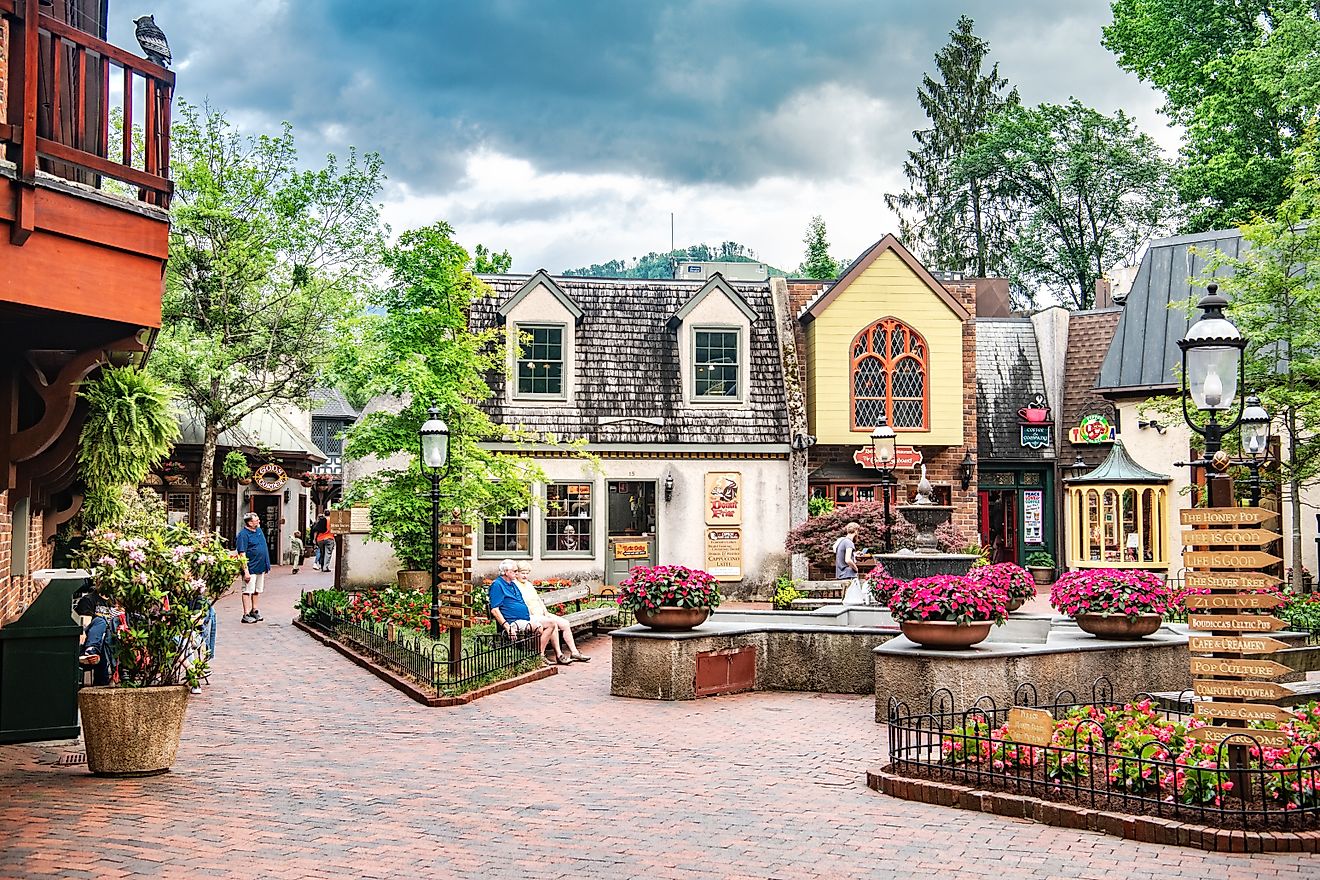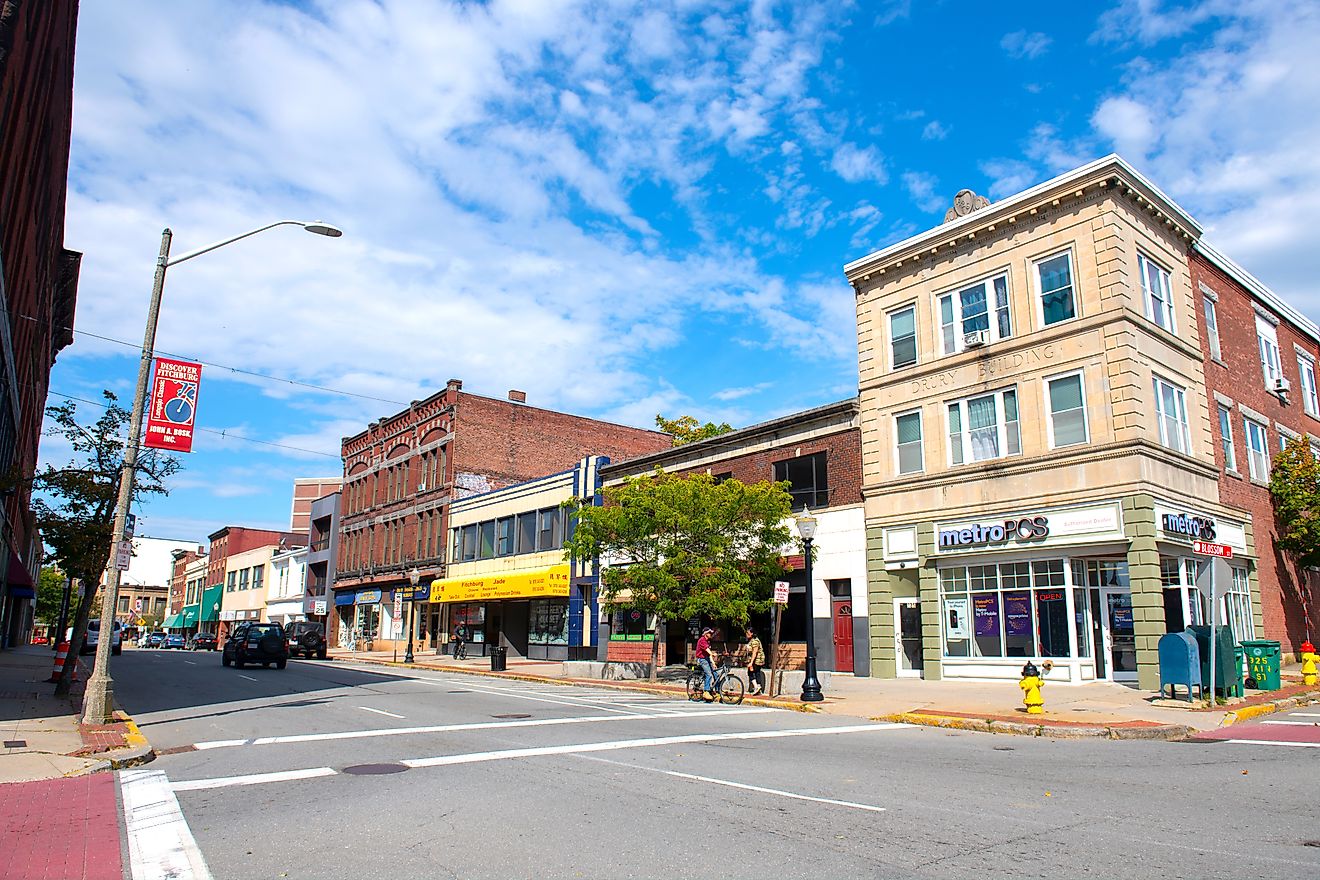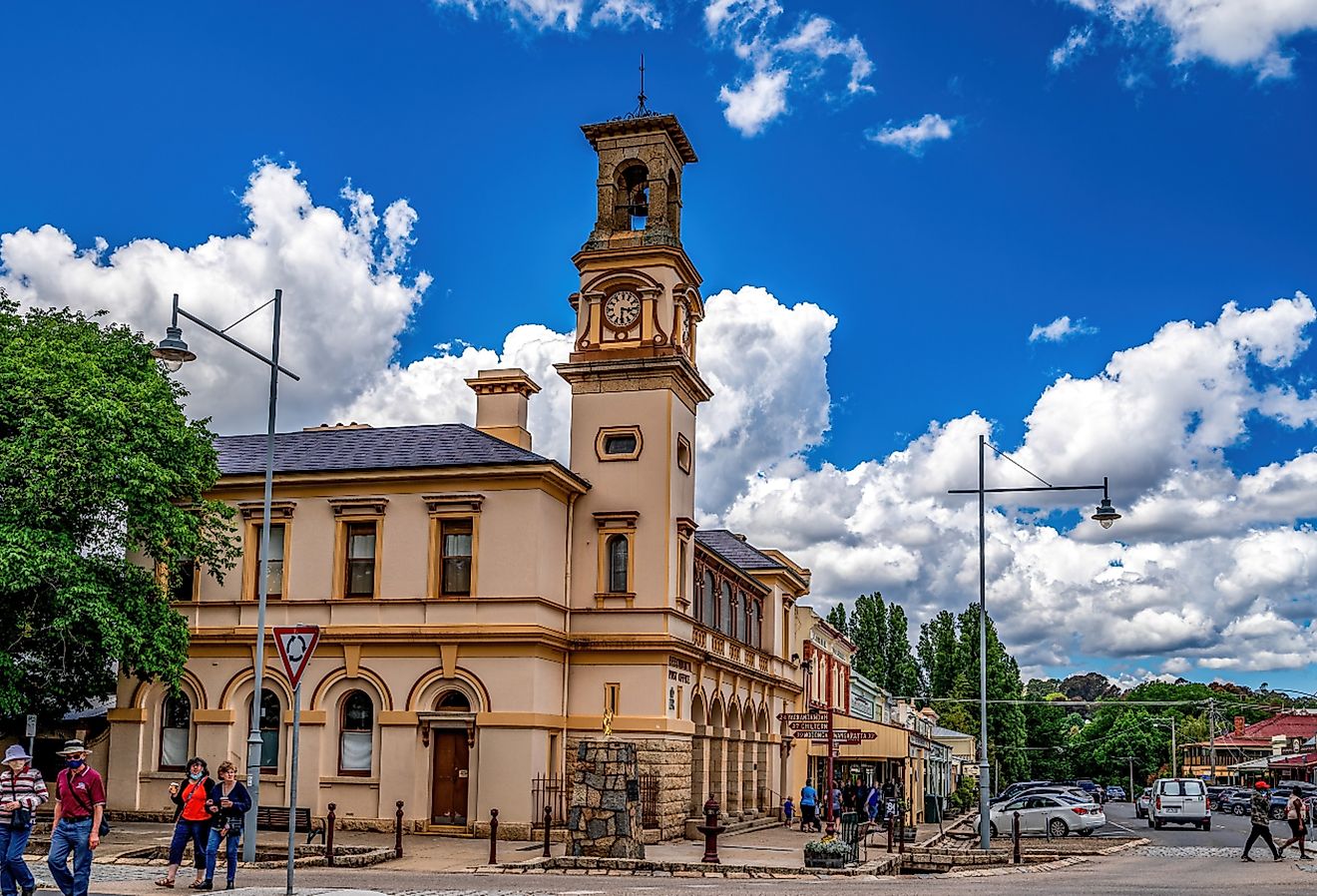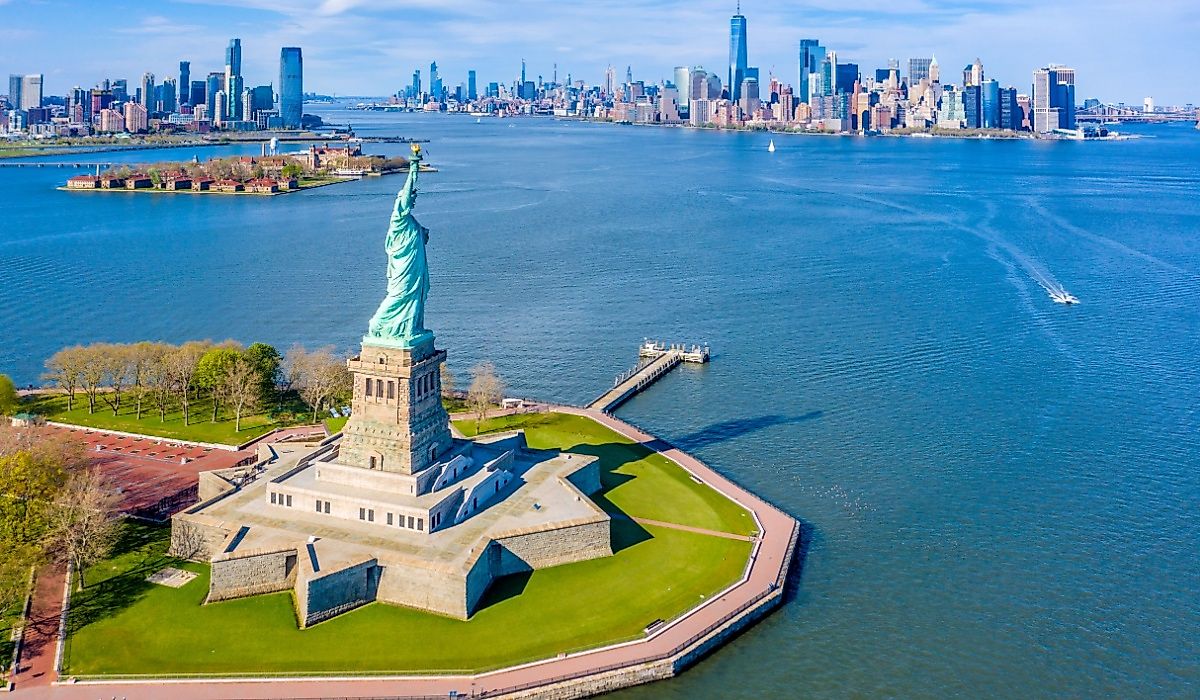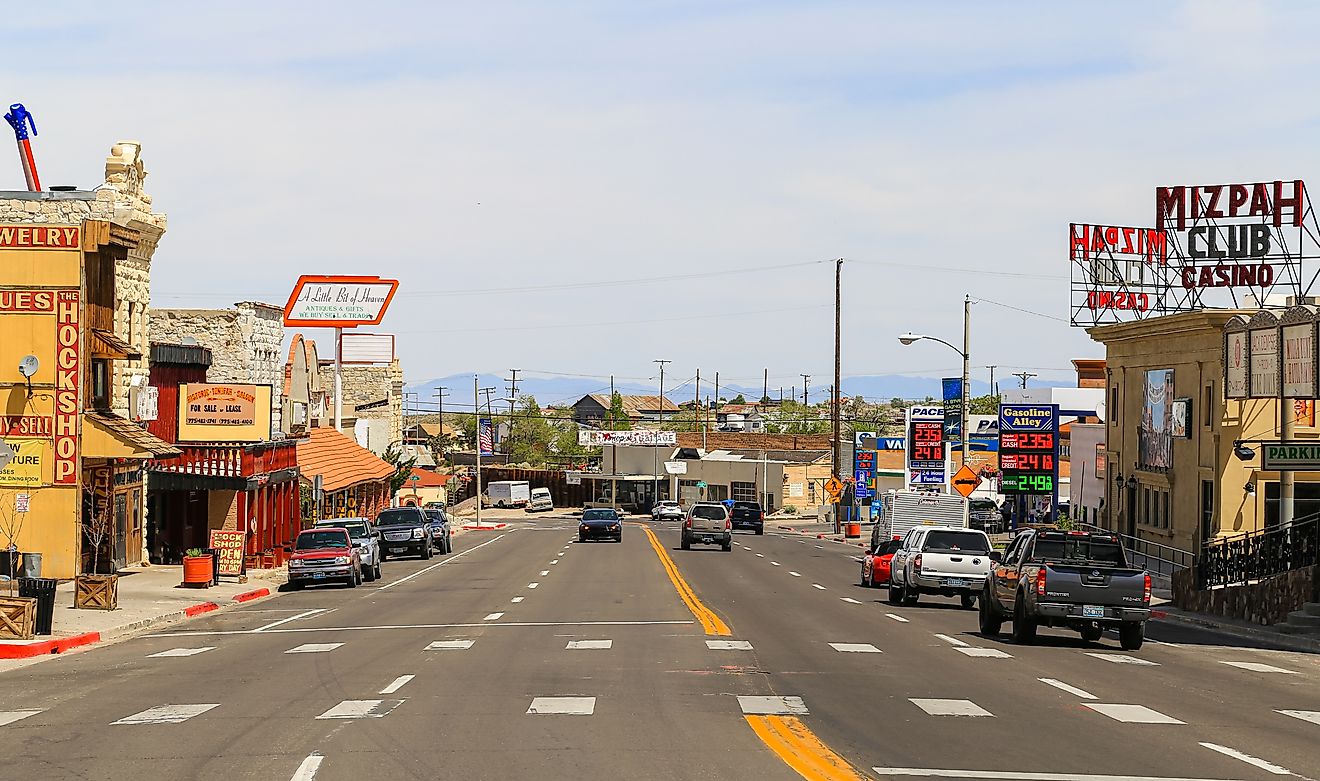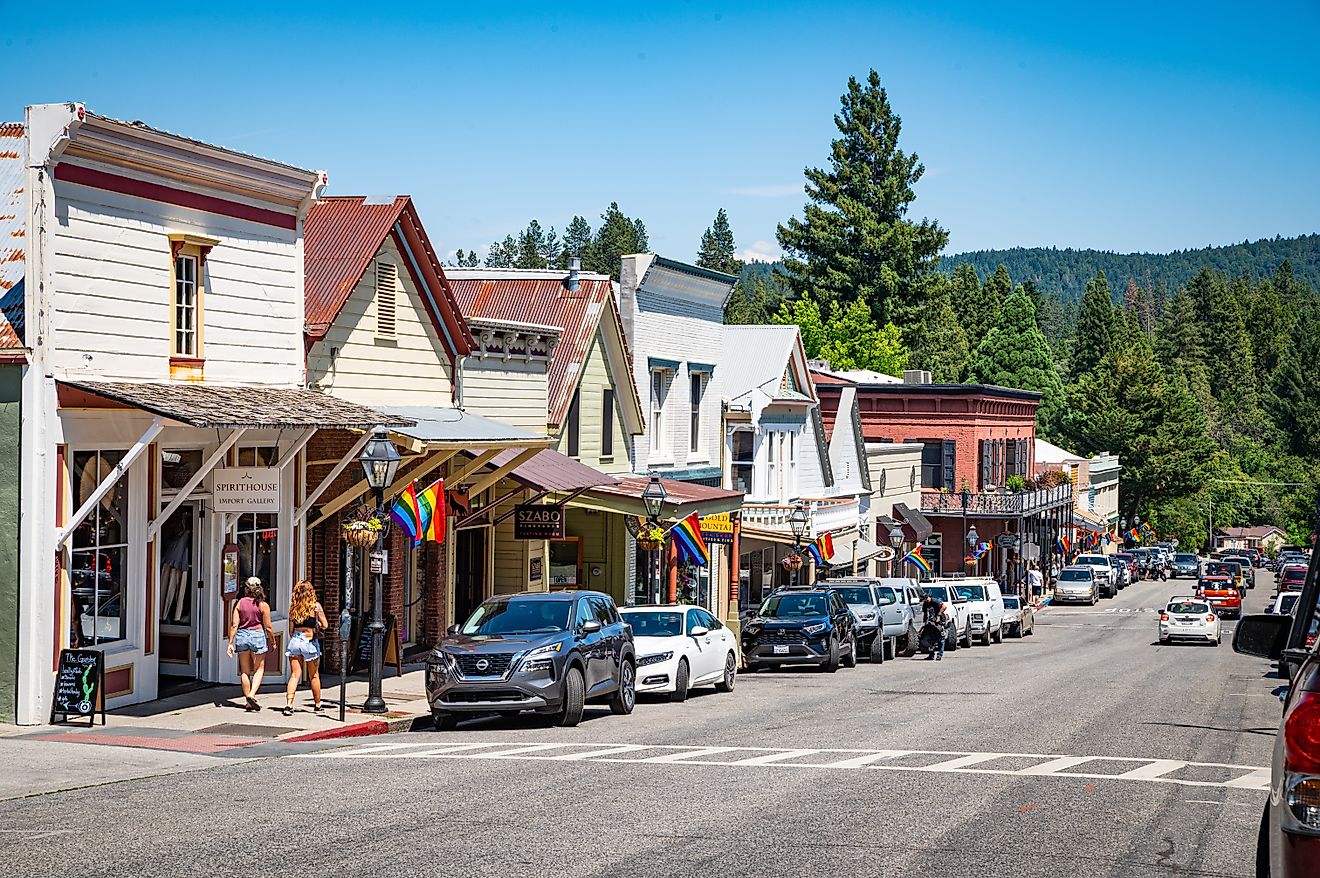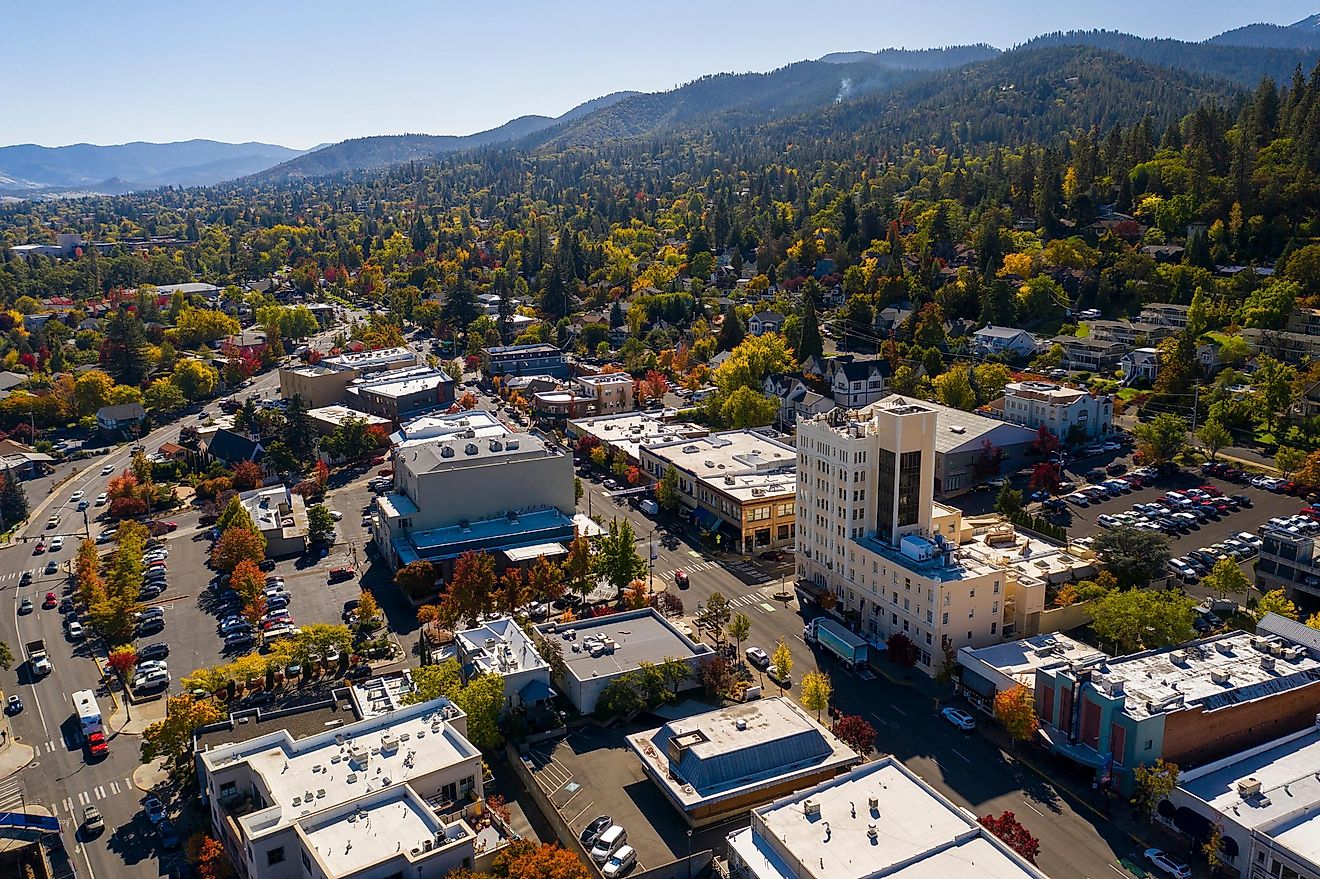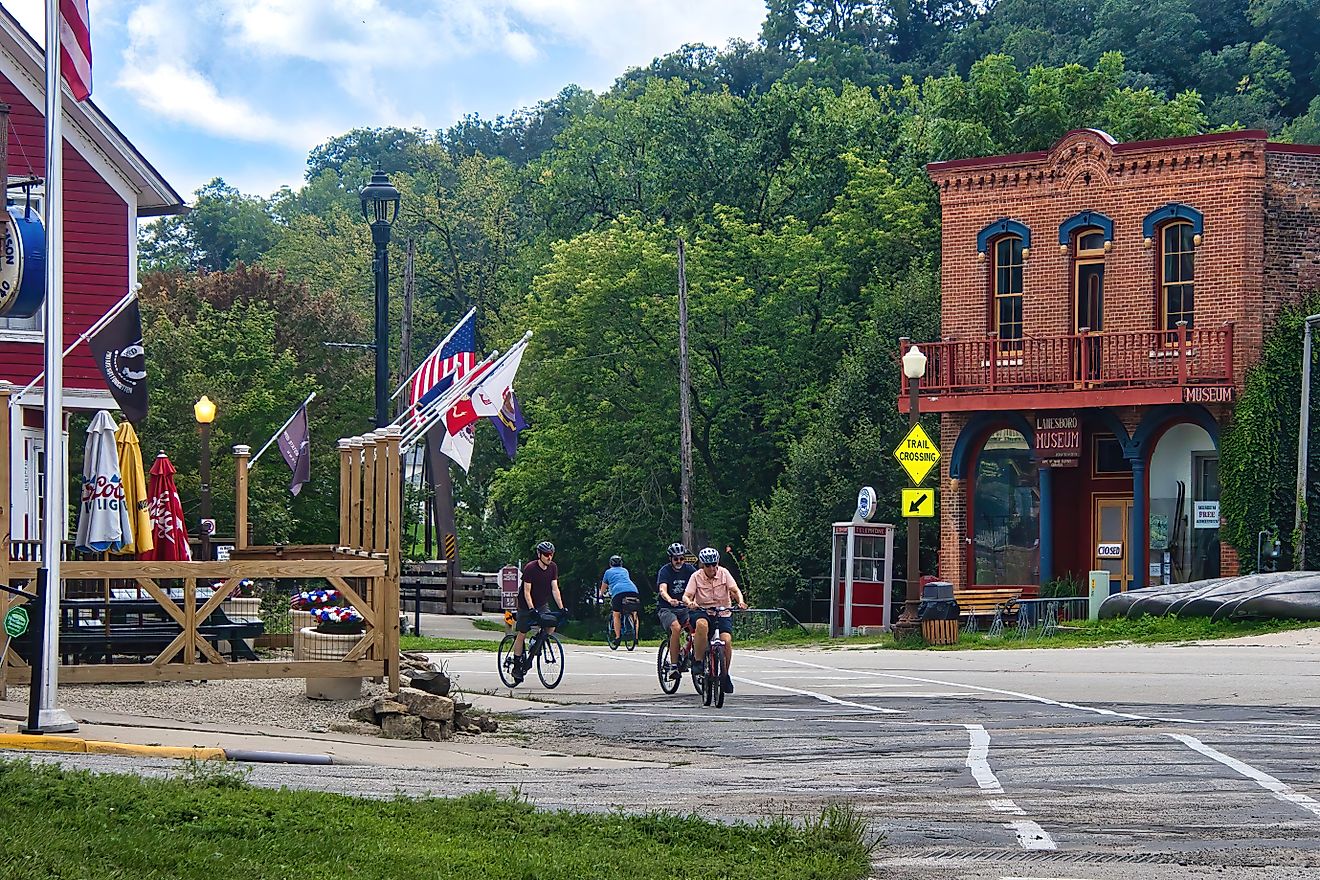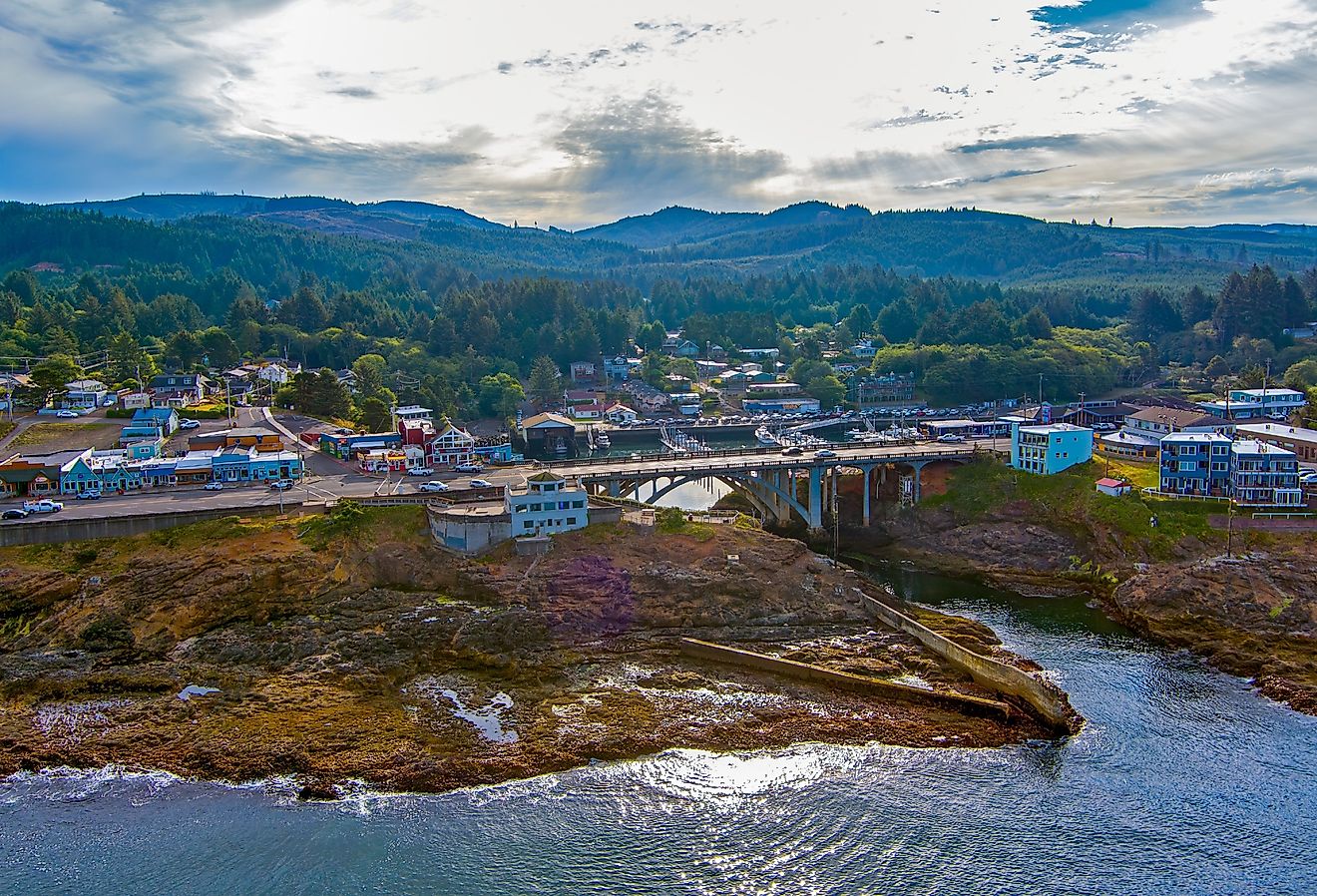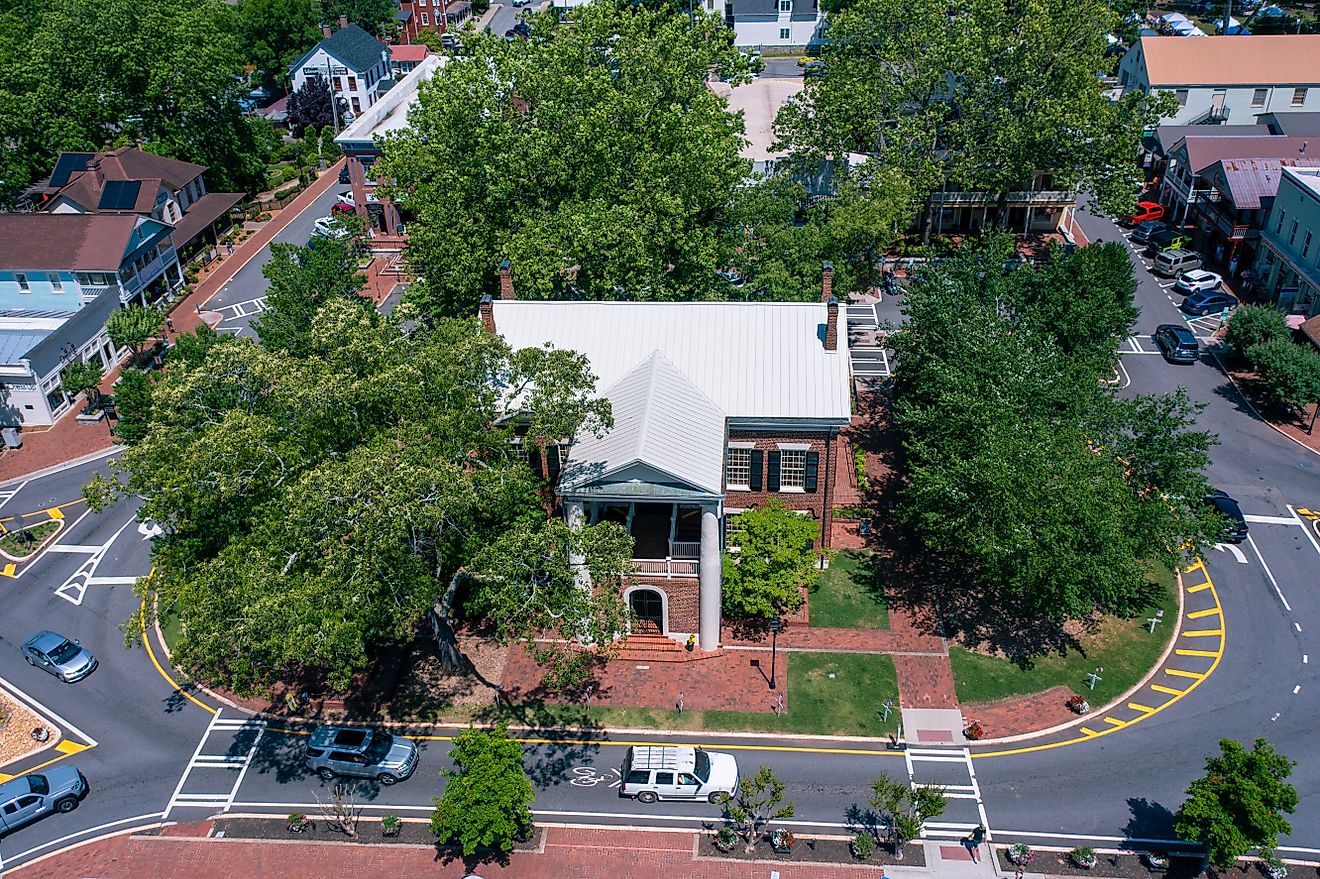This South Dakota Town Is Older Than the State Itself
South Dakota became a state in 1889 alongside North Dakota. As part of America’s Midwest, South Dakota is known for its sweeping plains, windy rivers, and rich frontier history, as the Midwest played a vital role in westward expansion. Within this frontier history, long before South Dakota achieved statehood, Fort Pierre had already become a point of settlement and trade. Located at the confluence of the Bad and Missouri rivers in central South Dakota, Fort Pierre holds the title of the oldest established town in South Dakota, meaning this South Dakota town is older than the state itself. Fort Pierre's origins date back to the early 19th century, with settlements made by French American explorers. Even earlier, before becoming an official settlement, the region had a history of Native American habitation, primarily the Lakota Sioux, which helped to fuel the fur trade history of the town.
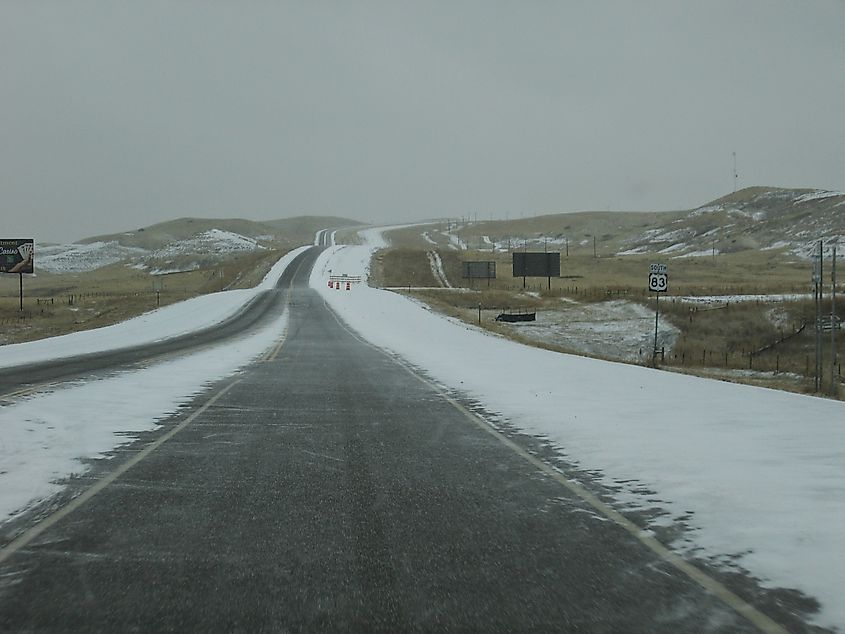
A Brief History
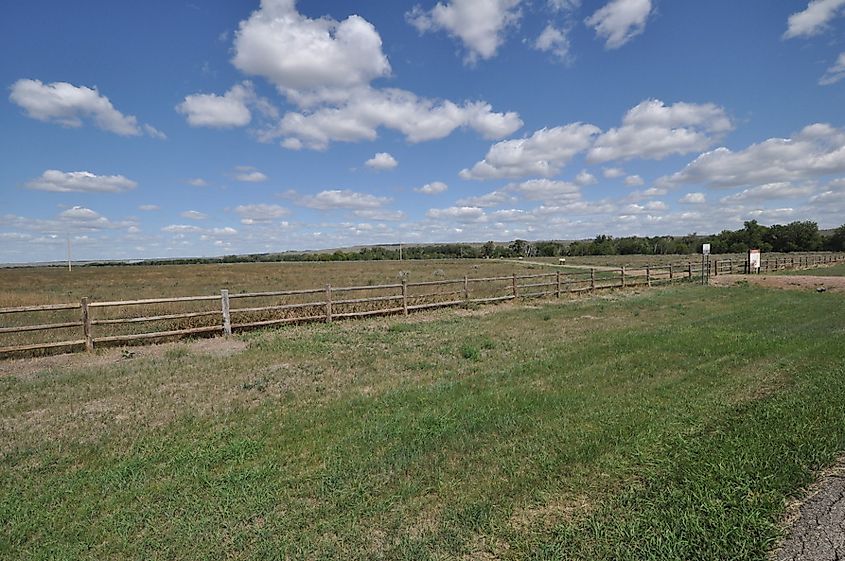
Fort Pierre’s official founding is tied to Fort Pierre Chouteau, a fur trading post established in 1832 by Pierre Chouteau Jr., a prominent French American trader. Centrally located along the Missouri River, the fort quickly became an important trading hub in the Northern Plains. This center of trade and cultural exchange, named after fur trader Pierre Chouteau Jr., drew in traders and indigenous peoples to exchange goods. As the fur trade declined in the mid-1800s, so too did Fort Pierre’s role as a commercial center.
The town's history, however, was far from over. In 1855, Fort Pierre transitioned into a short-lived military fort. Later on, in 1875, Fort Pierre’s central location once again proved important as it served as a central outpost during the Black Hills Gold Rush. From Fort Pierre, trails and roads were built, allowing for trade routes to head west along the 200-mile route known as the Fort Pierre to Deadwood Trail. This historic trail followed an old buffalo trail used by indigenous peoples and fur traders centuries before.
Following the Black Hills Gold Rush, Fort Pierre remained a vital location for ranching, farming, and transportation. The town continued to grow alongside its neighbor across the river, Pierre, which became South Dakota’s capital in 1889 as South Dakota achieved statehood. Today, Fort Pierre is a proud small town that honors its frontier heritage. Fort Pierre offers a glimpse into South Dakota’s rugged past and enduring heart.
Lakota Sioux History in the Region
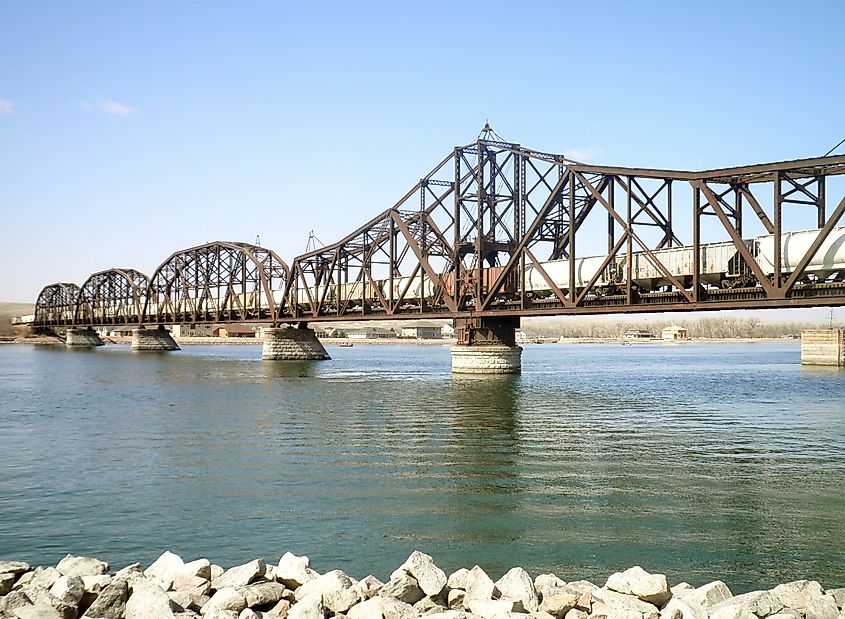
Before Fort Pierre’s settlement was established, this central South Dakota region along the Missouri River was home, and still is, to the Lakota Sioux. Known for their deep connection to the Great Plains and living with the land, the Lakota people were expert buffalo hunters, skilled horsemen, and used to a nomadic life in the plains. As the French American settlers expanded west into their land, the Lakota, with strong warrior spirits, resisted, leading to many conflicts throughout South Dakota's history, including the tragedy of Wounded Knee in 1890.
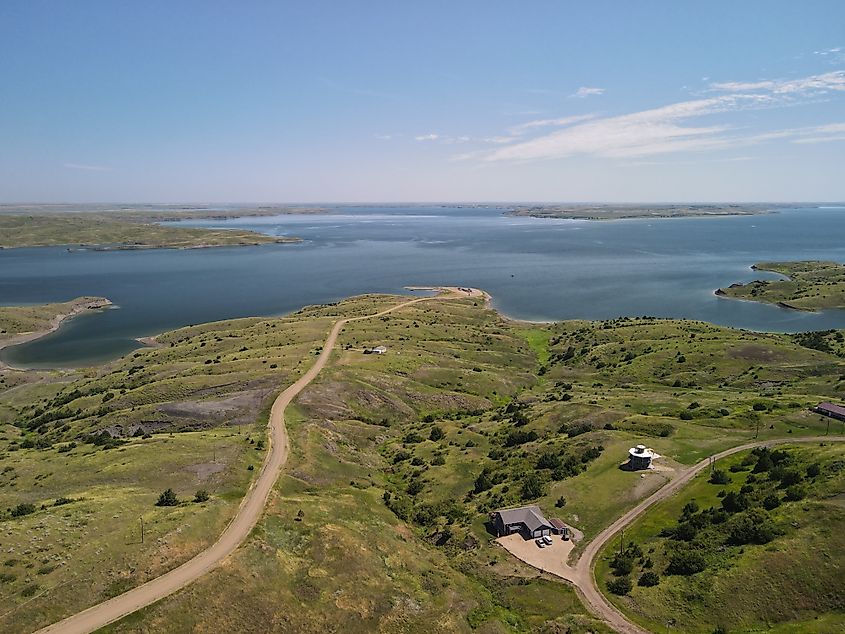
Today, the Lakota land has been reduced reservations created in 1889. The Pine Ridge Indian Reservation, located Southwest of Fort Pierre, is the second-largest in the United States, with a population of 40,000 members. The effects and conflicts of western expansion are still felt to this day, as reconciliation and land disputes remain an ongoing process in South Dakota.
Fort Pierre Today
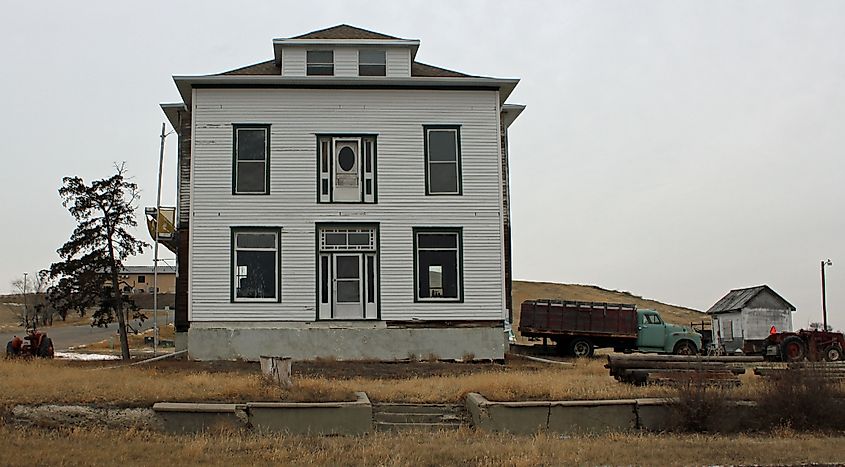
Today, Fort Pierre is a small town with a population of around 2,000 people. Across the river from Pierre, the state capital, allows for easy access to city life while still honoring small-town history. Though Pierre often receives the political spotlight, Fort Pierre retains a quiet pride in being the original community, older, and full of history. The town has worked to preserve its rich heritage. You can find museums and community efforts to celebrate its unique past, like at the Casey Tibbs Rodeo Center. Every year, cowboy culture is remembered through rodeos and events to look back at Fort Pierre’s western legacy. The process of reconciliation with the Lakota peoples is a complicated and long process.
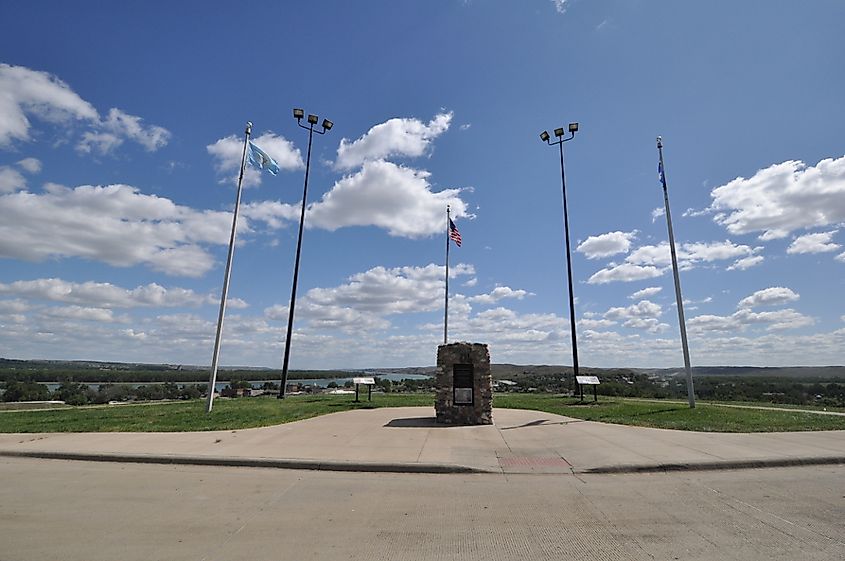
In 2010, the Wakpa Sica project started building a center for indigenous leaders to convene and a place of learning about the culture that predates Fort Pierre itself. Sadly, however, the project was never completed as funding was pulled. Visitors can view the half-completed structure that represents an ongoing process and fight for reconciliation in the region. The history of both the settlement of Fort Pierre and earlier indigenous life can be discovered at the museum in town, the Verendrye Museum. There is a rotating collection of artifacts from the early days of the region on which Fort Pierre now sits.
Why Fort Pierre Still Matters

Fort Pierre isn’t just a footnote in history. It’s a reminder that the American frontier extended far beyond the 13 colonies, and that the stories of indigenous peoples, explorers, and settlers are still alive in the quiet towns of the Midwest. A town that was here before South Dakota was even a state, Fort Pierre remains a living part of American history.
